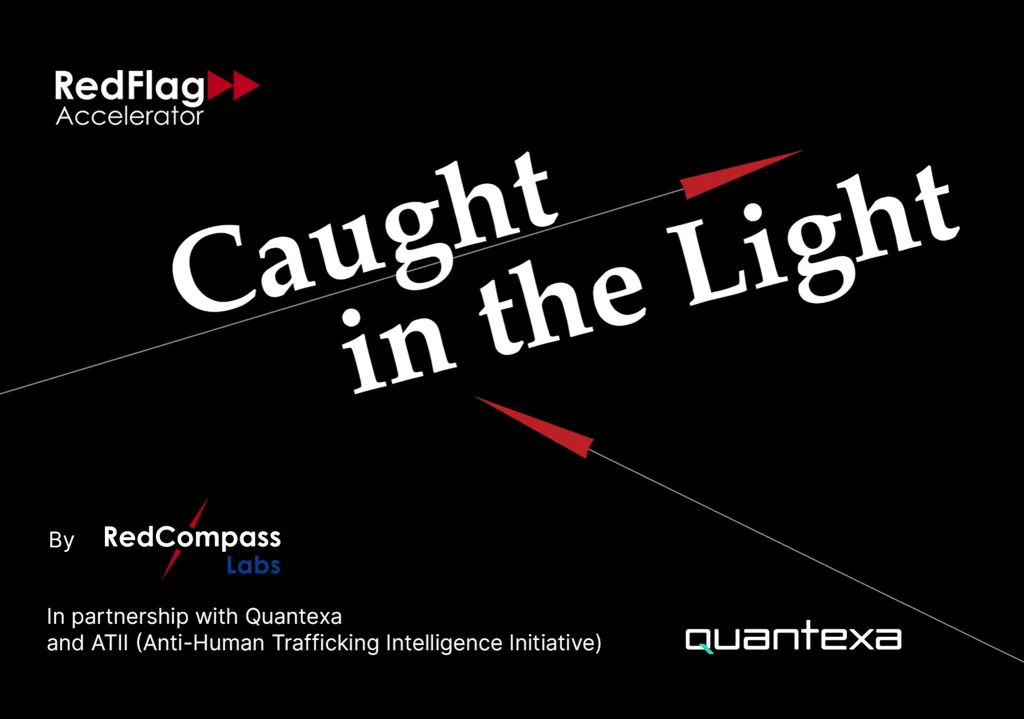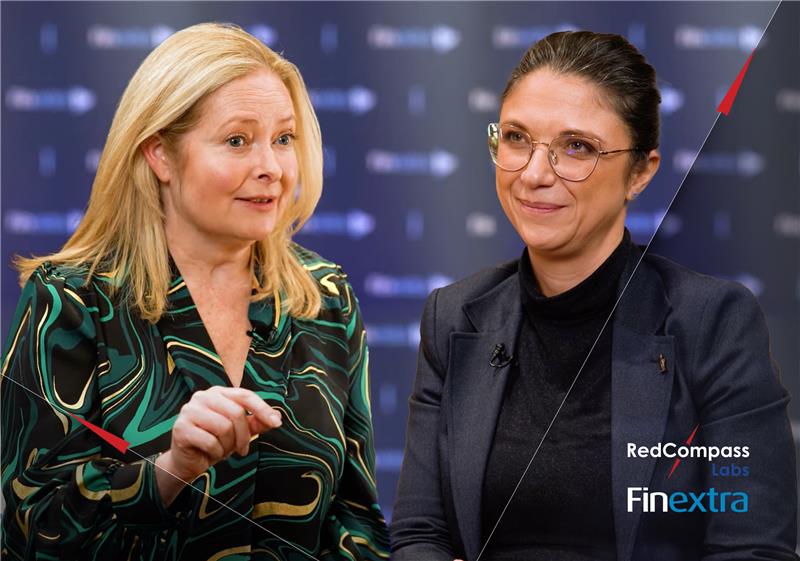US Banks put their CHIPS on the table for a 2023 ISO Migration
The Clearing House has decided to defer this November’s Format Version 5 [900] tag updates to March 2023 in alignment with the revised SWIFT CBPR Plus migration date.
CHIPS will proceed with the migration of CHIPS Message Format Version 5 software this month in a dormant state until next March. That is, field tag 900 will be turned “off” at the system level and will be switched “on” next March to align with the SWIFT implementation of ISO 20022 formats for cross-border payment messaging and reporting.
Almost all CHIPS participants have already certified for CHIPS Message Format V5 and will not need to recertify next March. With the CHIPS Message V5 format work completed, the CHIPS team will be able to focus all their efforts on the tasks underway and ahead to prepare for the full CHIPS ISO 20022 implementation in November 2023.
Despite only having 43 participants, CHIPS processes over $1.8 trillion worth payments per day, firmly establishing it as a cornerstone to both domestic and international trade. The service, offered by The Clearing House (TCH), will make the transition to ISO 20022 in November 2023, a year and a half before its counterpart, the Fedwire Funds Service ( operated by the Federal Reserve Bank), which is scheduled to make their switch in March 2025.
Many of the banks connected to CHIPS are global transaction banks, which will have already built up some previous experience in processing ISO 20022 messaging through participation in clearings in Europe, Canada, and/or Asia that are a few months ahead of the TCH timelines. As such, they should mutualise what they can, but ensure that they take local specificities into account in order to extract maximum value from rich ISO payment messaging whilst also remaining compliant.
Interoperability Challenges
On the Old Continent, the private sector’s EBA Clearing EURO1, which could be considered Europe’s analogue to the CHIPS service in the USA, decided to remain in lockstep with the European Central Bank’s real-time gross settlement mechanism TARGET2. This ensures that banks only need to maintain a single messaging type that could be used across both services.
This approach was not adopted for the US, requiring banks to maintain different messaging sets for CHIPS and for Fedwire. This could potentially cause limitations for interoperability between the two services, which will need to be considered by CHIPS participants. The Federal Reserve Bank, however, argues that this split migration approach diminishes systemic risk.
As there is only a 18-month delay before the alignment of Fedwire and CHIPS, financial institutions will need to consider to which extent they wish to invest in interoperability solutions between the two market infrastructures, knowing that such solutions would be ephemeral in nature.
Challenges for Intermediaries
The vast majority of CHIPS participants act as intermediaries. Intermediaries need to consider how they can ensure that they are respecting the FinCEN’s Bank Secrecy Act (BSA) rule [31 CFR 103.33(g)]—often called the “Travel Rule” — which requires them to pass on certain information to the next financial institution. As ISO 20022 payments can contain richer data than legacy payments messaging, they need to figure out a way to transmit the required data to their receiving banks.
Whereas, according to the CHIPS Guidance on the Travel Rule, ultimate debtor and creditor fields are not required to be passed along the chain in all scenarios, they are in scenarios where the debtor or the creditor are non-bank financial institutions. This is very much still a grey zone as the term has not been clearly defined by FinCEN, and, as such, RedCompass Labs would recommend financial institutions institute measures to ensure any potential ultimate debtor / ultimate creditor elements are passed to the next agent, even when there are no indicators of account nesting.
There are, however, certain fields that can clearly be used to uniquely identify an ordering/beneficiary customer and, as such, need to be forwarded to the next agent. These can include social security numbers, Business Identifier Codes (BICs), Legal Entity Identifiers (LEIs), or account proxy information. Taking into account that the use of Swift’s FINPlus service (and the associated in-flow translation) has limited adoption in the US, intermediaries will need to ensure that the financial institutions they maintain account relationships with within the United States are capable of receiving and processing the rich data.
Tactical vs Strategic Solutions
In order to minimise short-term drain on resources and finances, as well as under the obligation to meet stringent deadlines, banks can opt to use tactical solutions to protect their legacy systems from change. Such tactical solutions often include some form of translation services in order to translate between ISO and Legacy formats.
When adopting such a tactical solution, banks need to:
- Ensure that they remain compliant with the Travel Rule, which can be challenging when critical data elements cannot be mapped to legacy formats.
- Realise and accept they may be truncating rich ISO elements that are used by corporate customers to facilitate straight-through reconciliation such as extended remittance information, putting them at a disadvantage to their competitors that are capable of ensuring complete reporting.
- Ensure they are performing their transaction screening (sanctions, fraud, and AML), on the full ISO data set in order to ensure they capture all relevant data.
- Measure the use of rich data elements in order to better understand their adoption by payment service users, triggering the need to reconsider a tactical approach.
Due to the critical nature of the USD for financial institutions, particularly those that are participants to CHIPS, the question of going from a tactical solution to a strategic one, using ISO 20022 as canonical data model, is only on of “when” rather than “if.” As US financial institutions look to deploy other ISO-based payment methods, such as Fedwire Funds real-time payments like FedNow, and TCH RTP, the time appears to be ripe for a thorough overhaul of legacy systems, enabling them to take full advantage of rich ISO 20022 data for improved straight through processing, business intelligence, and novel customer experiences.
Share this post
Written by

RedCompass Labs
Resources





